Every little perforated picture has an evocative, tragic or poignant narrative
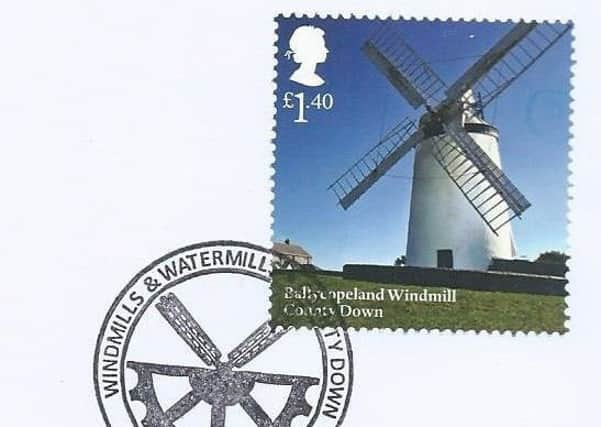

The Stampex and Collectors’ Fair organised by Portadown and District Philatelic Society takes place tomorrow, and as always, society secretary John Proctor has sent me a veritable hoard of evocative little perforated pictures from the world of philately, each with a story to tell.
Tomorrow’s fair in Portadown Town Hall features various displays of stamps, first-day covers, postcards and postal history from the UK, Ireland and around the world.
Advertisement
Hide AdAdvertisement
Hide AdWith the centenary of the Armistice approaching in November, there are also special displays of stamps commemorating the First World War.
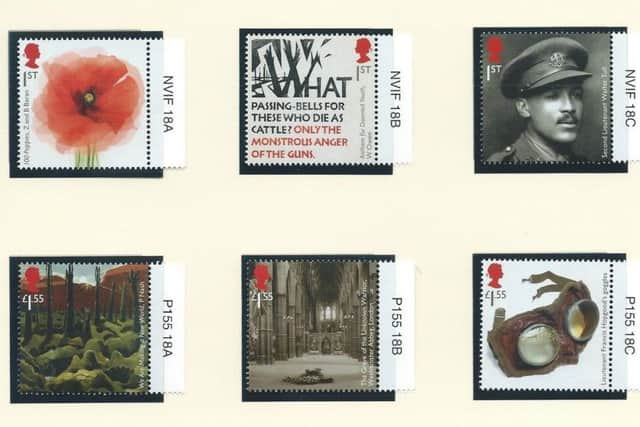

More about those in a moment.
As in previous years, Stampex includes a wide variety of themed displays from members’ collections including Irish postal history, postcards depicting places of local interest and stamps showing the work of various designers from the reigns of King George V and VI from various Commonwealth countries.
Other specialist displays feature stamps, booklets and first-day covers issued in Great Britain since 1840.
Local-interest stamps are abundant!
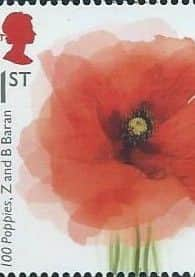

Ballycopeland Windmill in Co Down was issued on a postage stamp last year along with the Giant’s Causeway Visitor Centre in the same year and Londonderry’s Peace Bridge in 2015.
Advertisement
Hide AdAdvertisement
Hide AdBallycopeland’s characteristic Irish stone-tower mill, the only remaining working windmill in east Down, was built in the late 18th or early 19th century and worked until the First World War when it fell into disrepair.
It was gradually restored between 1950 and 1978 to full working order and is depicted in all its glory and in full colour on an issue of stamps celebrating windmills and watermills.
Older and newer local landmarks are celebrated on numerous stamps at the Stampex fair, along with local history.
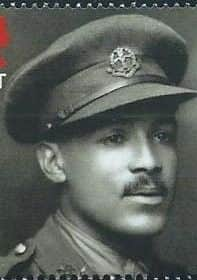

Five years ago in 2013 a set of four classic locomotive stamps commemorated our steam trains.
Advertisement
Hide AdAdvertisement
Hide AdEach little perforated picture bears an evocative image of an old engine, belching steam, in different locations around Ulster, though there’s been some controversy about one of the localities!
The first class stamp is an Ulster Transport Authority (UTA) locomotive called ‘Thomas Somerset’, and when it was issued it was described as “steaming through Co Donegal in 1950”.
After a heated geographical debate it was generally accepted that the train wasn’t in Donegal but it was emerging from one of the tunnels between Downhill and Castlerock in Co Londonderry and the land seen in the distance, across the sea, was Inishowen in Co Donegal.
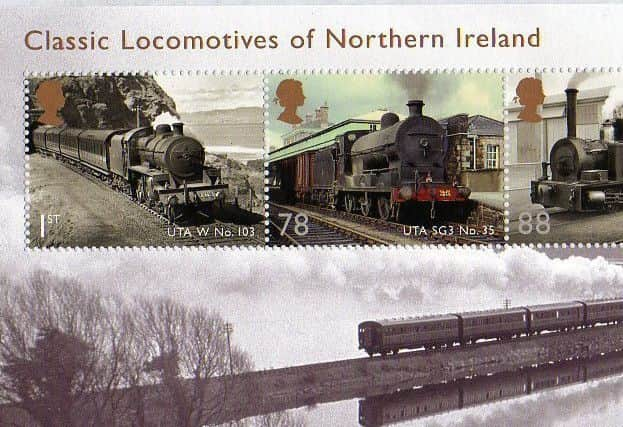

The other three stamps in the collection are topographically less controversial!
Advertisement
Hide AdAdvertisement
Hide AdThe 78p issue is another UTA engine shunting wagons in Portadown in 1963; the 88p stamp is an endearing little ‘Peckett No. 2’ locomotive reversing into the British Aluminium factory in Larne in 1937 and the £1.28 stamp is a Co Donegal Railways engine and carriages in Strabane in 1959.
The four stamps were also available on a miniature sheet – a special ‘presentation pack’ – showing UTA’s locomotive No. 27 named Lough Erne steaming along proudly, immaculately reflected on the glassy still waters of Larne Lough.
John Proctor also sent Roamer some of Royal Mail’s recently issued First World War commemoration collection that’ll be displayed at the fair, one showing the grave of the Unknown Warrior in Westminster Abbey and another printed with a line from First World War poet Wilfred Owen’s ‘Anthem for Doomed Youth’ where Owen rages that no ringing of church bells will commemorate the fallen: “What passing-bells for these who die as cattle? Only the monstrous anger of the guns.”
At just 25 years old, Owen was killed in action in 1918, exactly one week, almost to the hour, before the Armistice.
Advertisement
Hide AdAdvertisement
Hide AdTwo other First World War issues from the Portadown fair are equally poignant.
There’s a beautiful and almost ethereal image on a stamp of a poppy by photographic illustrators Zafer and Barbara Baran.
It’s not one poppy, but 100 poppies, layered together.
Each flower was freshly cut and carefully lit before being photographed, capturing the poppy’s delicate luminosity.
As the light filters gently through the overlapping petals the composite poppy picture has a ghostly, shimmering, fleeting appearance, seeming almost to tremble in a gentle breeze.
Advertisement
Hide AdAdvertisement
Hide AdAnother First World War stamp bears a photograph of Second Lieutenant Walter Tull.
Orphaned after the deaths of his English mother and Barbadian father, Tull went on to become an English professional football player and a British Army officer.
During the First World War he served in the Middlesex Regiment as well as playing in several army football teams.
He became the first mixed-race army officer to command troops in a regular unit.
Advertisement
Hide AdAdvertisement
Hide AdSecond Lieutenant Tull was killed in action on March 25th 1918.
Admission to tomorrow’s Stampex exhibition and fair in Portadown Town Hall is free.
It’s open from 9.30am to 3.00pm and you’re encouraged to bring along any collectables such as stamps, postcards, cigarette cards, medals, badges or anything else of interest, to be identified or valued free of charge by the dealers in attendance.